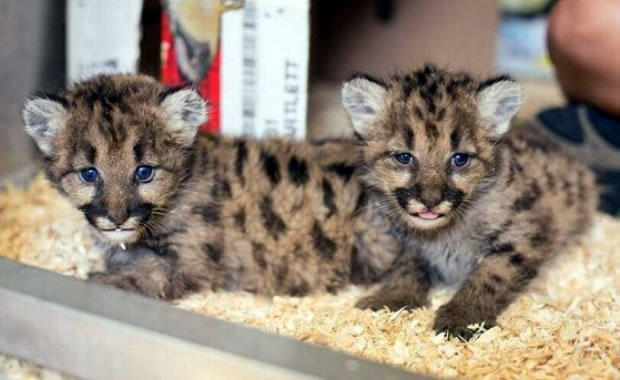
Creature Profile
Also known as the loggerhead, the loggerhead sea turtle is a reptile from the family Cheloniidae. Its name is derived from its overly large head. Its head has a horny beak that is generally thicker than in other turtles and has thick strong jaws. This creature is known to be the largest hard-shelled turtle globally. The carapace (hard-shell) in adults can measure up to 44 inches. An adult can weigh up to 351 lbs. Females are known to be larger than males and usually have shorter tails. Each turtle's flipper has 2 claws. In addition to that its scutes do not lay up on each as if overlapping. However, the first costal scute comes in contact with the nuchal scute. Each side of the carapace has 5 or more costals and usually 3 bridge scutes. The loggerhead is usually reddish brown in color.
The loggerhead sea turtle is a carnivore. It feeds on a wide variety of preys including crabs, shrimps, sea urchins, octopuses, sponges, clams, fishes, jelly fishes, floating mollusks and pteropods among others. It nests on mainland and insular sandy beaches. This species is highly migratory and uses a variety of different habitats in different localities. A hatchling leaves the sandy beaches to gyres (major systems of currents) and after spending between 4 and 19 years there; it moves to neritic areas where it attains sexual maturity. It then migrates between foraging and nesting areas where breeding occurs. The loggerhead nests from May to October every 2-4 years. Around 125 eggs are laid 4-6 times in a season at intervals of 14 days. Incubation lasts for about 65 days after which the eggs hatch. High temperatures during incubation results to more females being hatched; and cooler temperatures leads to more males.
The loggerhead sea turtle has about 10 subpopulations and its total population size globally on not known. Estimation of its population is done through counting its nests annually. The 10 subpopulations lay around 200,000 eggs annually. This number is decreasing each year hence ascertaining its decline. Challenges faced by this creature are dependent on place and time. These include consumption of their eggs by humans and sea creatures, being fished, changes in the climate, and water pollution. Logger Sea Turtle is legally protected by law. It is also listed under Appendix I of CITES, II of the Convention on Migratory Species, conservation of nesting beaches, and provision of guidelines to help reduce deaths. These conservation actions have helped reduce the decline of this species.
Wikipedia Article

|
Wikipedia Article Copyright Notice: This article is licensed under the GNU Free Documentation License. It uses material from the Wikipedia article "Loggerhead sea turtle". |
March 17, 2023
Glenn, C. R. 2006. "Earth's Endangered Creatures - Loggerhead Sea Turtle Facts" (Online). Accessed 4/18/2024 at http://earthsendangered.com/profile.asp?sp=2083&ID=1.
Need more Loggerhead Sea Turtle facts?




